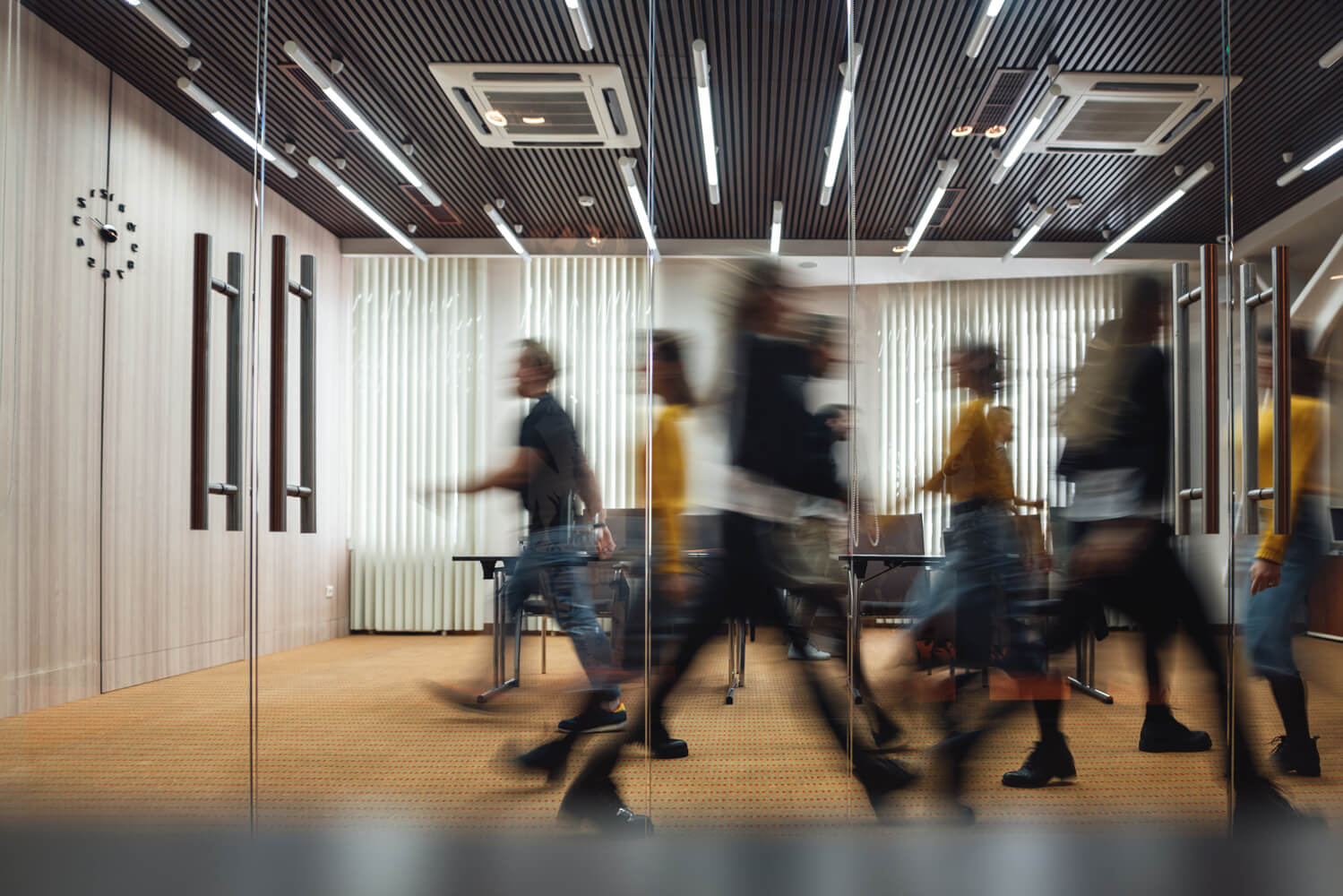3 Signs the Industrial Sector is Trending Towards Carbon Neutral Buildings


When people think about Net Zero Energy or Carbon Buildings they rarely think of industrial and logistics facilities. They may be surprised that in today’s market, not only is sustainability a factor in industrial real estate but it is evolving into a driver. And the sector is booming.
The industrial sector has been one of the most resilient real estate sectors amid the COVID-19 crisis, fueled by rising e-commerce demand which grew by 45% in 2020. CBRE Research is projecting warehouse space net absorption to reach 250 Million sf in 2021, and we are seeing a continued spur in new construction, which was already near-record levels.

Some of the largest investors in Industrial Real Estate are publicly traded, and Class A industrial real estate users are often in the Fortune 500. There is an increasing demand for ESG (Environmental Social Governance) or sustainability reporting among both investors (https://www.ispot.tv/ad/OC1F/nasdaq-era-of-impact) and consumers. People are putting their money where their values are.
According to Bloomberg, Assets Under Management (AUM) that are invested globally in sustainability portfolios will account for more than one-third of projected total AUM of $140.5 Trillion.
In Europe demand for sustainable investing has prompted 253 European funds to change their investment strategy or portfolio in 2020. In addition, Europe saw 505 new sustainable fund launches in 2020 alone. More growth is being projected in Asia, especially Japan, according to McKinsey.
So how is this effecting Industrial Real Estate? Investors and tenants are demanding recognizable and credible benchmarks to support increasing demand’s for ESG Reporting. Most major industrial real estate companies now report their portfolios performance using the GRESB© benchmark and certify their new construction projects using the LEED® Green Building Standard. On the horizon we are seeing an increase in performance targets around Operational Carbon that support companies overarching ESG goals. Here are three recent experiences that we believe are the beginnings of trends in the industrial sector:
1) An Expectation for Solar-Ready Roofs:
Most industrial projects have large roof areas. BranchPattern recently consulted on a project in the midwest with a 1 Million sf roof that was built as a speculative building in 2019. The building was leased in early 2020 and the tenant required the project’s large build-out to achieve LEED Gold Certification. As the project went through design, the tenant rolled out a commitment to installing solar arrays on the roof for their various facilities in the United States. This 1 Million sf roof was not designed to handle the structural load and the cost for additional structural support increased the total cost of the solar array by more than 50%. The structural support for a solar-ready roof costs only a fraction of a retrofit, and most new projects are now being designed to handle future roof-mounted arrays.

2) A Call for Electrification:
BranchPattern recently consulted on a 300,000 sf manufacturing facility in the northeast for a European-based company. The project was at 50% design, when a new corporate mandate to ban the use of fossil fuels in all new facilities was issued. The project was already pursuing LEED Certification and was incorporating a roof-mounted solar array, but the primary heating source for the large high-bay manufacturing spaces was natural gas. Buildings represent roughly 40 percent of carbon emissions, and more and more projects are reevaluating the energy sources they are using in order to achieve their long-term Zero Carbon goals.

3) Teams being Challenged with Carbon Targets:
Whether targeting a Zero-energy or Carbon Neutral building, the two performance goals are closely connected. Both require modeling and analyzing core components of energy efficiency, on-site renewables (and off-site resources when necessary), whereas carbon neutral buildings must also include greenhouse gas impacts of all material and energy sources. McCormick, manufacturer of food ingredients, has just completed their first Net Zero Carbon facility in Peterborough, UK and is in process of at least one more with similar goals. To achieve Net Zero Carbon, McCormick focused on building less, choosing materials with lower embodied carbon, and investing in operational efficiency. McCormick’s actions are reducing the site’s construction carbon emissions by 30% from an estimated 36,000 tCO₂e to a current estimate of 25,000 tCO₂e (+/ 25%). The remaining amount will then be offset through credible offsite carbon reduction investments. BranchPattern is already working with multiple industrial clients to help understand what is required to achieve their carbon goals, and more projects are setting carbon performance targets in addition to energy performance targets.



View More Resources
Benefit from our expertise


